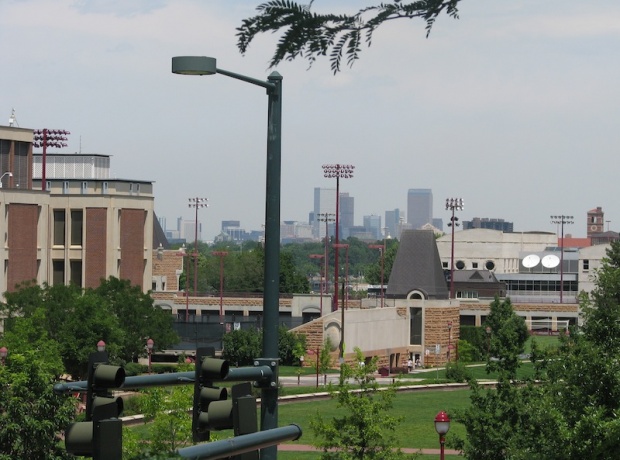The University and The City: Location, Structure, Culture
This week Jeff Selingo writes in the Chronicle of Higher Education that location is becoming increasingly important as a factor that can determine a university’s success or failure. He argues that institutions located in cities enjoy a strategic advantage by providing a higher density of off-campus opportunities for students to apply their learning in real world settings (e.g., through internships and community-engaged research projects). Selingo references a recent Moody’s Investor Service report showing that “market leading institutions” are primarily located in urban areas. He advises institutions in urban areas to strengthen partnerships with local employers, and those in rural areas to develop student exchange programs with institutions located in the city.
Selingo’s piece provides an opportunity to reflect on the relationship between cities and universities. Location is important to an institution’s success, but so too are qualities like institutional structure and culture. Ten years ago Susan Frost and Rebecca Chopp wrote an article for Change magazine showing how urban theory and history can offer some useful metaphors for analyzing and changing the structure and culture of educational institutions. Specifically, they suggest that in these challenging times for higher education a successful institution may have to function less like metropolis and more like a cosmopolis. For the full skinny on their perspective and my analysis please visit my Planetizen blog.

Leave a Reply